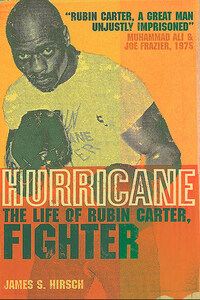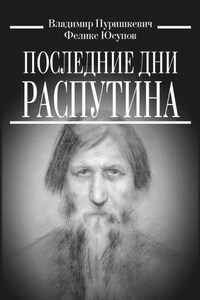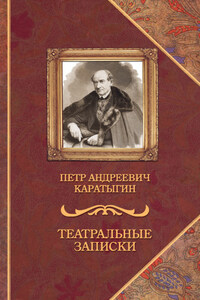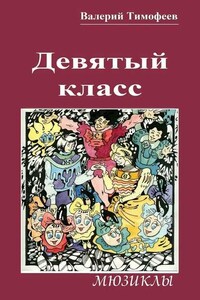First published in Great Britain in 2000 by
Fourth Estate A Division of HarperCollinsPublishers 1 London Bridge Street London SE1 9GF
www.harpercollins.co.uk
Copyright © by James S. Hirsch 2000
The right of James S. Hirsch to be identified as the author of this
work has been asserted by him in accordance with the Copyright, Designs and Patents Act 1988.
A catalogue record for this book is available from the British Library.
All rights reserved under International and Pan-American Copyright Conventions. By payment of the required fees, you have been granted the nonexclusive, nontransferable right to access and read the text of this e-book on-screen. No part of this text may be reproduced, transmitted, downloaded, decompiled, reverse engineered, or stored in or introduced into any information storage and retrieval system, in any form or by any means, whether electronic or mechanical, now known or hereinafter invented, without the express written permission of HarperCollins e-books.
Source ISBN: 9781841151304
Ebook Edition © SEPTEMBER 2012 ISBN 9780007381593 Version: 2016-03-18
HarperCollins Publishers has made every reasonable effort to ensure that any picture content and written content in this ebook has been included or removed in accordance with the contractual and technological constraints in operation at the time of publication.
BY 1980, New Jerseyâs notorious Death House had been revived as a loversâ alcove, but Rubin âHurricaneâ Carter still wanted no part of it.
The Death House was Trenton State Prisonâs official name for the brick and concrete vault where condemned men lived in tiny cells and an electric chair stood hard against a nearby wall. The first inmate reached the Death House on October 29, 1907. Six weeks later he was dead, his slumped body shaved and sponged down with salt water, the better to conduct the electricity. New Jersey continued to hang capital offenders for two more years. But soon enough the electric chair, with its wooden body, leather straps, and metal-mesh helmet, which discharged three mortal blasts of up to 2,400 volts, was seen as the most felicitous form of execution.
At least one infamous death gave the site a brief aura of celebrity. Richard Bruno Hauptmann, convicted of murdering Charles Lindberghâs baby, was electrocuted in the brightly lit chamber at 8:44 P.M. on April 3, 1936. In later years, sentences were carried out at 10 P.M., after the âgeneral populationâ prisoners had been placed in total lockup. An outside power line fed the chair to ensure that a deadly jolt did not interfere with the penitentiaryâs regular lighting. On occasion, âcitizen witnessesâ crowded into a small green room, with only a rope between them and the chair about ten feet away. The observers watched the executioner turn a large wheel right behind the seated manâs ear, thereby activating the lethal current. The body, penitent or obdurate, innocent or guilty, alive or dead, pressed against the restraints until the current was shut off.
The Death House confronted its own demise in 1972, when the U.S. Supreme Court outlawed the death penalty as cruel and unusual punishment. The electric chair, having singed the breath from 160 men, was suddenly obsolete. So prison officials found a new mission for the chamber: it became the Visiting Center.
Despite its macabre history, the VC was a huge hit with most of the prisoners. It marked the first time that Trenton State Prison, a maximum-security facility, had allowed contact visits. Inmates could now touch their spouses, children, or friends. The metal bars were removed from more than two dozen Death Row cells near the archaic chair, its seven electric switches still in place. The rooms were not exactly cozy hideaways, but they became the unsanctioned venue for conjugal meetings. Inmates seeking a bit of privacy tried to reserve cells farthest away from the guards, and the arrangement, as described by some old-timers, gave rise to Death House babies.
But Rubin Carter didnât care a bit. He refused to accept virtually anything the prison offered, and that included visits inside the reincarnated Death House.
He was repulsed by the prospect of sharing an intimate moment among the souls of 160 men, some of whom he knew. Transforming this slaughterhouse into a visiting center, Carter believed, was like turning Auschwitz or Buchenwald into a summer camp for children. It was another way for the state to humiliate prisoners, to express its contempt for the new law that pulled the plug on its chair.








